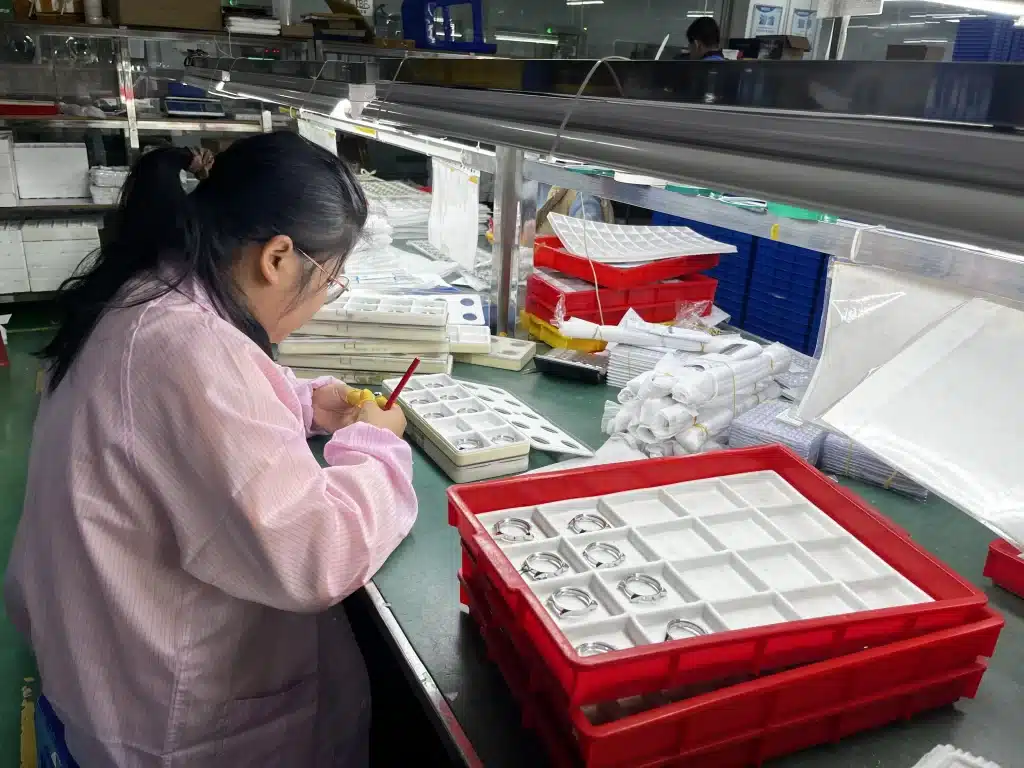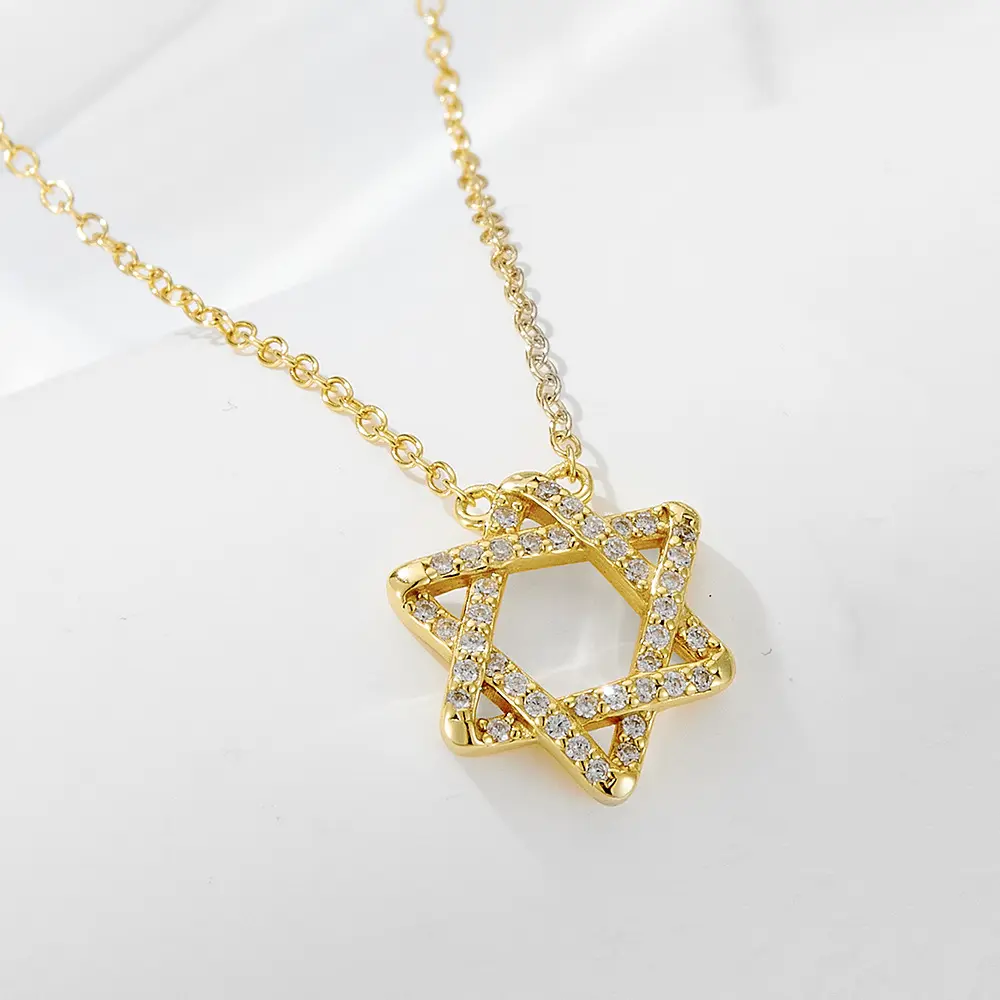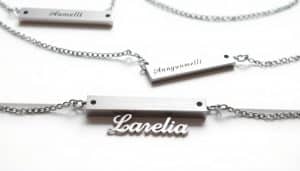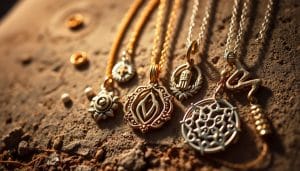Find Reliable Jewelry Factories in China: The Complete Guide

Find Reliable Jewelry Factories in China: The Complete Guide
For the aggressively competitive jewelry retail business, getting it right with the right production business is key to success. China has become one of the world’s top jewelry production centers with low prices, good workmanship, and diverse production capability. However, navigating China’s enormous jewelry factory scene must be a deliberate exercise. This step-by-step guide will help you find and do business with reliable jewelry producers in China.
By partnering with the right jewelry factories, businesses can streamline their production and enhance their product offerings. The jewelry factories in China are known for their innovative designs and ability to meet the needs of diverse markets.

Why to Consider Jewelry Factories in China?
Understanding the benefits of jewelry factories in China can significantly impact your business decisions.
Jewelry factories in China offer unique advantages that can help businesses thrive in competitive markets.
Before you begin your research, you must know why China is now a favorite location for jewelry production:
Before engaging with jewelry factories, assess their previous work and client reviews.
- Cost Effectiveness: Lower labor and operating expenses mean lower prices
- Manufacturing Expertise: State-of-the-art technology and equipment availability
- Material Versatility: Familiarity with handling precious metals and gemstones and their alternatives
- Production Capacity: Production capacity to cater to small orders and mass production
- Time-honored Craftsmanship: Generation-long tradition and jewelry making skills
Collaboration with various jewelry factories can bring diverse aesthetics to your jewelry line.
We at HonHo Jewelry harness such advantages to provide clients with unmatchable value without ever lowering quality to a point of lowest possible level.
Key Issues to Consider while Selecting Jewelry Factories
HonHo Jewelry works closely with jewelry factories to ensure high standards of craftsmanship.
Selecting appropriate manufacturing partners requires thorough research and investigation.
Understanding the nuances of jewelry factories can save time and resources.
1. Manufacturing capabilities and specialization
Every company has its own best type of jewelry and production method. Some are best at complex, high-end pieces with complicated plating and gem setting, while others excel at fashion jewelry or specialty methods such as castings or hand fabrication.
before you begin your hunt, clarify your specific requirements:
- What material will your jewelry be made of (gold, silver, platinum, etc.)?
- What type of jewelry will you create? (e.g., necklace, earrings, bracelet, etc.)
- What is needed in terms of production methods? (casting, stamping, hand fabrication)
- What do you expect regarding quality and prices?
The capabilities of various jewelry factories can determine the success of your new designs.
Jewelry factories must also be equipped to adapt to changes in the market.
Finding top-tier jewelry factories can enhance your brand’s reputation and customer satisfaction.
Image suggestion: Types of jewelry and jewelry making processes
Exploring partnerships with jewelry factories is vital for sustainable growth.
Many jewelry factories also specialize in eco-friendly practices, which is increasingly important to consumers.
Choosing the right jewelry factories is crucial for ensuring quality and design integrity.
2. Minimum Order Quantities (MOQs
Average factories will need larger orders, but smaller workshops might accept smaller ones. Maintain MOQs in proportion to your business model as well as your stock considerations.
Quality control in jewelry factories is a key factor in maintaining brand integrity.
For new brands, it is important to have low MOQ makers so you can reduce inventory risk while you’re still in your expansion stage. We at HonHo Jewelry comprehend the challenge that new businesses face and offer solutions that can scale to suit various orders.
3. Quality Control Procedures
When engaging with jewelry factories, ensure they understand your vision and goals.
Consulting with experienced professionals in jewelry factories can offer insights into market trends.
Quality matters the most while making jewelry. Quality makers maintain stringent quality protocols while making. When you look at collaborators to work with, inquire about:
- Quality control at each production stage
- Material testing techniques to check
- Inspect to verify completion
- Higher Defect Rates and Resolution Processes
- Global standards and compliance through certificaition
- Quality control procedure being performed by a jewelry company

Aligning with proficient jewelry factories can lead to remarkable outcomes in your jewelry line.
4. Communication and Being Responsive
Successful cross-cultural manufacturing partnerships demand good communication. The following must be taken into account while looking for prospective makers:
- Response time to queries
- indigenous staff with good English proficiency
- Proclivity to provide detailed information
- Honesty regarding capabilities and abilities
- Options of communication present (messengers, messaging apps, video call).
When exploring jewelry factories, prioritize those with transparent communication.
How to Locate Reliable Jewelry Factories in China
Now that you have your lists of what to watch for, here are some good ways of looking at good Chinese jewelry makers:
1. Industry Trade Shows
Trade exhibitions remain the best way to personally meet with manufacturers and see their products up close. Some of the key jewelry trade exhibitions include:
- Hong Kong Jewelry & Gem Fair
- China International Gold, Jewellery & Gem Fair
- Beijing International Jewelry Fair
These productions offer good prospects to compare producers, check sample quality, and have personal contact with likely business partners.
Networking with other professionals in the jewelry industry can lead to valuable referrals for jewelry factories.
2. Online B2B Platforms
Various sites bridge buyers with authenticated Chinese factories:
- Alibaba – The largest B2B website with jewelry makers numbering their thousands
- Global Sources – Website to identify verified suppliers with company profiles
- Made-in-China – Chinese manufacturers capable of export are their specialty
When using such platforms, pay attention to:
- Supplier verification status
- Complete factory and business overviews
- Quality certifications
- Customer ratings and reviews
- Information regarding products
3. Directories and Industry Associations
Industry associations generally have lists of makers:
- China Jewelry Trade Association
- Guangdong Jewelry Trade Association
- Shenzhen Gold & Jewelry Trade Association
Membership in associations provides additional credibility due to the fact that members usually undergo vetting procedures.
4. Networking and Referrals
Word-of-mouth referrals by peer professionals can be like gold. Contact:
- Other traders apart from competitors
- Industry consultants
- Supply gem traders
- Designers who work with producers
Screening Potential Manufacturers
Having determined likely partners, undertake due diligence with caution:
1. Ask for samples
You need to order samples prior to bulk ordering. This allows you to examine:
Quality of materials
- Workmanship and finishing
- Craftsmanship
- Being consistent with several items
- Packaging and packaging
Be willing to pay samples if customized, since this shows that you mean business and pays for production.
Here’s a suggested image:
Sample jewelry or sample testing
Establishing a relationship with reliable jewelry factories can significantly reduce production timelines.
2. Verify Business Credentials
These quality manufacturing partners will easily provide:
Registration certificates and business licences
- Production certificates
- Industry membership confirmation
- Recording company background information
- Experience with cross-cultural communications

3. Factory Audits
Whenever possible, physically visit the manufacturing facility or hire a third-party auditor to verify:
- Production capacity
- Working conditions
- Quality control processes
- Management team competency
Conformity with ethical production principles
We welcome visitors to come see their manufacturing standards and techniques up close at HonHo Jewelry.
4. Start with Small Quantities
Start off with small initial orders to check performance before you place long-term orders of production. This will allow you to test:
- Compliance with specifications
- Production calendars
- Effectiveness of Communication
- Uniformity of product quality
- Problem solving skills
Building a Long-term Relationship
After you have located a good producer, focus on building a long-term relationship:
1. Clearly Defined Communication Protocols
Form good communications habits:
- Make detailed specifications
- Use visual references
- Define terms with definitions
- Embrace shared cultural traditions
- Employ a go-between such as a local agent or interpreter to conduct intricate negotiations
2. Quality Reproduc
Ensure quality consistency with:
- Making precise measurements
Carrying out quality tests regularly - Providing feedback at every production run
- Identifying and rewarding quality improvements
- Constructive early management of issues
3. Shipping and Logistics
Establish good logistics operations
- Understand Incoterms and shipping responsibilities
- Work with reliable freight forwarders
- Make arrangements to clear customs
- Offer proper insurance of shipment
- Make time buffer in your supply chain
Common Issues and their Resolutions
Foreign sourcing possesses some unique challenges:
1. Cultural and Language Differences
Successful partnerships with jewelry factories rely on mutual respect and understanding.
Always verify the credentials and experience of the jewelry factories you consider.
Close communication gaps by:
- Employing simple and straightforward words
- Providing visual references
- Establish understanding with examples
- Acquiring small cultural manners
- Hiring a local interpreter or agent to conduct intricate negotiations
2. Quality Consistency
Ensure consistent quality by:
- Providing detailed specifications – Having a continuous quality audit
- All production runs with feedback
- Identifying quality improvements
- Solving matters straight away
- Protection of Intellectual Property
3. Shield your brand and designs with
- Conduct of non-disclosure agreements (NDA)
- Registration of Trademark in China
- Denial of access to owned designs
- Working together with producers who respect IP rights
4. Continual Relationship Management
Construct the relationship with more than orders.
- Conducting frequent reviews
- Visiting the factory at every possible opportunity
- Adding comments to finalized orders
- Discussing up coming product series
- Establishing close relationship with important contacts Imagine being in a relationship with your supplier.
Investigating the practices of jewelry factories will help in choosing the best fit for your brand.

Conclusion
No matter if you are launching your initial jewelry line or launching your current line to a wider audience, your chosen production company in China can be a determinantal factor in your business prosperity and success. As a company committed to being your reliable business ally to jewelry brands worldwide with excellence in customer care and jewelry making at competitive prices.
Our Dongguan plant uses conventional techniques with current technology to make quality jewelry products that conform to global standards. We welcome you to learn more about what we have to offer to help you produce your jewelry pieces.
Additional resources:
- – JCK Online
- – Industry news and analysis – International Gemological Institute
- – Gem education and – National Jeweler
- – Jewelry trends and business news
Please HonHo Jewelry is a leading Dongguan, China jewelry producer that exports stunning fashion jewelry to global markets. For additional information regarding services and capabilities, you can log on to our website at www.honhojewelry.com
Engaging with reputable jewelry factories can pave the way for successful collaborations.
The journey with jewelry factories should be viewed as an ongoing partnership.
Related Posts

Find Reliable Jewelry Factories in China: The Complete Guide
For the aggressively competitive jewelry retail business, getting it right with the right production business is key to success. China has become one of the




